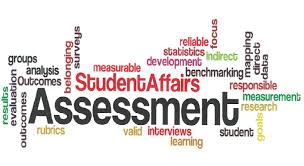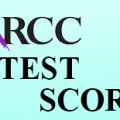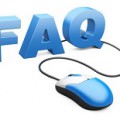
As educators, we often hear various terms used in schools regarding testing of students. The primary objective of any assessment is to gain knowledge of students’ understanding of content taught. The following information will help administrators, teachers, parents, and students understand the purpose of such testing.
Diagnostic Tests
At the beginning of a school year, a diagnostic test is generally given to help determine the students’ prior knowledge and retention of such. Diagnostic tests cover material that the student should know upon entering that particular grade level or class. The diagnostic test then measures the level of proficiency in prior and or on-level standards and help to determine the instruction level to be taught. These types of tests may be repeated at intervals during the school year to show gains in learning material that is taught. They are also used to determine interventions throughout the year.
Formative Tests
Teachers use formative testing to evaluate their teaching and to give immediate feedback to students. They assist the students in identifying strengths and weaknesses in a specific area of learning.
A type of formative test may include teacher observations, class question, and answer sessions, and are not used for grading purposes.
Formative assessments do not compare students with other students. The results are for the individual student only to address any areas of needed improvement.
Target Tests
Target tests are given in small segments to help teachers determine individual student or class performances. A target test focuses on one or two standards or objectives at the end of the instruction period. Teachers gain an understanding specific to only what was taught in that time frame.
These are generally used for grading, interventions, and accountability purposes.
Benchmark or Interim Tests
After teaching several standards and to review previously taught objectives, benchmark tests are administered to make sure students are staying on track with their learning.
Benchmark tests assist the teacher in following their curriculum plans and pacing charts to ensure learning and progress are taking place.
These assessments are designed to test students against a set standard of objectives. They compare the students to a predetermined level of proficiency.
Many schools use benchmarks at the end of grading periods for accountability purposes, and the results help to assist teachers in parent conferences.
They can enable the teacher to evaluate not only the current instructional period but previously taught material, as well.
Formative, target and benchmark tests are essential in gaining an understanding of students’ progress and assigning remediation strategies if needed.
Summative Assessments
The summative assessment evaluates learning at the end of the instruction. Forms of summative assessments include a district benchmark, a mid-year test, state assessments, end of course test, and end of year test.
The assessments are lengthier and contain target or benchmark tests. The results of summative assessments compare students to other students within the same category.
Summative assessments are considered high-stakes testing. In many states, these are used to determine the students’ passing or failing a grade level or course. They are also used to rate the school and district which can impact funding and state intervention.
Criterion Reference Assessments
State designed assessments are considered criterion reference assessments as they compare students to those in the same categories as determined by the state standards.
Lumos Learning Addresses Assessments
Without adequate instruction or practice on all standards tested, the format of questions taught, and ample interventions are given when needed, students may become frustrated and not perform well.
Alleviating the stress on administrators, teachers, students, and parents occurs when the school or district implements a program that addresses all components of testing and practice.
Lumos Learning online and print materials assist schools in addressing the types of assessment.
Teachers can use one of the summative assessments as a diagnostic tool to determine students’ level of understanding. They can then assign lessons based on the results of the assessment. The Coherence Map tool shows teachers prior, current and future standards to assist in instruction.
Formative assessments can be given by the teacher using a lesson with the class on his/her whiteboard or orally sharing the questions and answers with students. The teacher can also use formative assessments in monitoring individual student’s work and progress. Immediate feedback and interventions are easily made in small group work.
For target and benchmark testing, custom assessments can be made to readily address small segments of learning after students complete standards practice lessons assigned. These can be through the EdSearch tool.
Before the state assessments, teachers assign a summative test to review all standards for that grade level or course. Remedial intervention lessons are assigned here, as well, to give further practice to struggling students.
Through the use of Lumos Learning schools can identify the needs of their students, assign practice in state standards, assess learning and create remediation as necessary.
Resource articles:
Types of Assessments: A Head to Head Comparison




